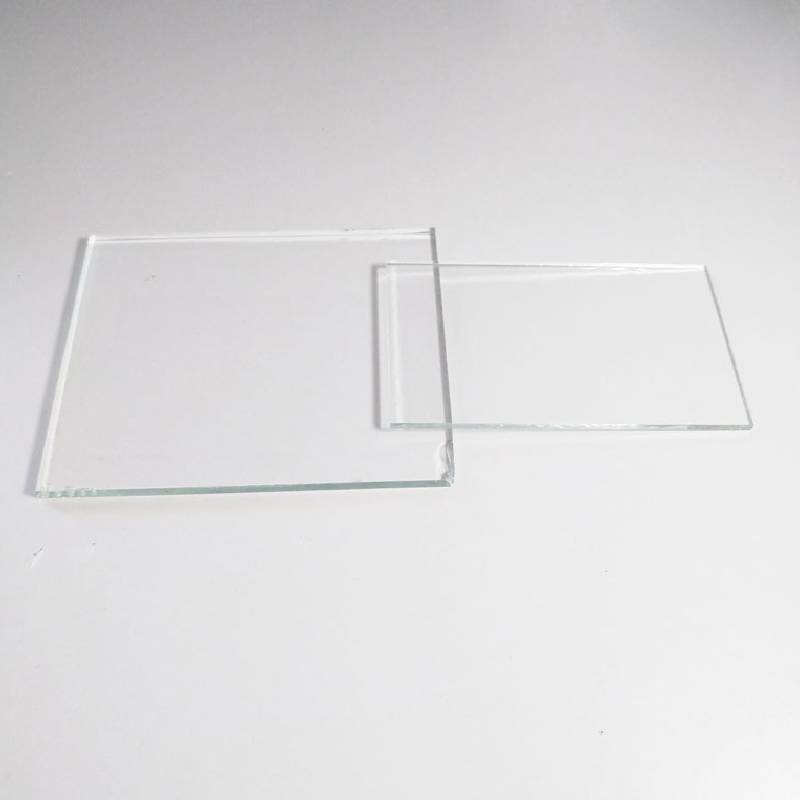The Advantages and Applications of Fully Tempered Glass
Fully tempered glass, also known as toughened glass, has gained popularity in various industries due to its remarkable strength and safety features. This type of glass is produced through a heating and cooling process that enhances its durability and makes it an ideal choice for a multitude of applications, from architectural elements to everyday consumer products.
The process of fully tempering glass involves heating it to a temperature of about 620°C (1,150°F) and then rapidly cooling it. This thermal treatment induces a compressive stress on the surface of the glass, significantly increasing its resistance to impact and thermal shock. As a result, fully tempered glass is approximately five to six times stronger than standard float glass of the same thickness. This exceptional strength makes it a preferred option for environments where safety is paramount.
One of the primary advantages of fully tempered glass is its ability to shatter into small, blunt pieces rather than sharp shards when broken. This characteristic reduces the risk of injury in accidents, making it an excellent choice for glass doors, shower enclosures, and furniture. In commercial settings, using fully tempered glass can enhance safety for patrons and employees, promoting a secure atmosphere.
Fully tempered glass is also highly versatile, making it suitable for a variety of applications. In the architectural sector, it is commonly used for facades, partitions, and balustrades. Its transparency allows for natural light to enter spaces while providing thermal insulation and UV protection—qualities that are particularly valued in modern, energy-efficient construction. Moreover, architects often choose fully tempered glass for its aesthetic appeal; its clarity and sleek appearance contribute to a contemporary architectural design.
fully tempered glass
In addition to its use in architecture, fully tempered glass has found a significant presence in the automotive industry. Automakers incorporate this toughened glass for windshields and side windows to ensure passenger safety. The glass’s durability helps it withstand the impacts of debris during driving, and its ability to remain intact during accidents minimizes the risk of serious injuries. This focus on safety has been a key factor in the glass’s widespread adoption in vehicles worldwide.
Furthermore, the application of fully tempered glass extends to kitchenware and cookware. Many manufacturers have embraced this material for oven-safe dishes, bakeware, and even countertops, as it can endure high temperatures without degrading or cracking. This enables consumers to utilize glass products with confidence, knowing they can withstand the rigors of cooking.
Despite its many benefits, it is essential to recognize that fully tempered glass can also have limitations. While it is more robust than regular glass, it can still be damaged under extreme conditions or if subjected to a sudden temperature change. Nonetheless, the advantages of fully tempered glass—its strength, safety, aesthetic versatility, and applications across various industries—make it a preferred choice for architects, builders, and manufacturers alike.
In conclusion, fully tempered glass offers a unique combination of safety, durability, and visual appeal, leading to its growing prevalence in our daily lives. As technology continues to advance, the potential applications for this remarkable material are likely to expand even further, solidifying its status as an essential element in modern design and construction.
 Afrikaans
Afrikaans  Albanian
Albanian  Amharic
Amharic  Arabic
Arabic  Armenian
Armenian  Azerbaijani
Azerbaijani  Basque
Basque  Belarusian
Belarusian  Bengali
Bengali  Bosnian
Bosnian  Bulgarian
Bulgarian  Catalan
Catalan  Cebuano
Cebuano  Corsican
Corsican  Croatian
Croatian  Czech
Czech  Danish
Danish  Dutch
Dutch  English
English  Esperanto
Esperanto  Estonian
Estonian  Finnish
Finnish  French
French  Frisian
Frisian  Galician
Galician  Georgian
Georgian  German
German  Greek
Greek  Gujarati
Gujarati  Haitian Creole
Haitian Creole  hausa
hausa  hawaiian
hawaiian  Hebrew
Hebrew  Hindi
Hindi  Miao
Miao  Hungarian
Hungarian  Icelandic
Icelandic  igbo
igbo  Indonesian
Indonesian  irish
irish  Italian
Italian  Japanese
Japanese  Javanese
Javanese  Kannada
Kannada  kazakh
kazakh  Khmer
Khmer  Rwandese
Rwandese  Korean
Korean  Kurdish
Kurdish  Kyrgyz
Kyrgyz  Lao
Lao  Latin
Latin  Latvian
Latvian  Lithuanian
Lithuanian  Luxembourgish
Luxembourgish  Macedonian
Macedonian  Malgashi
Malgashi  Malay
Malay  Malayalam
Malayalam  Maltese
Maltese  Maori
Maori  Marathi
Marathi  Mongolian
Mongolian  Myanmar
Myanmar  Nepali
Nepali  Norwegian
Norwegian  Norwegian
Norwegian  Occitan
Occitan  Pashto
Pashto  Persian
Persian  Polish
Polish  Portuguese
Portuguese  Punjabi
Punjabi  Romanian
Romanian  Russian
Russian  Samoan
Samoan  Scottish Gaelic
Scottish Gaelic  Serbian
Serbian  Sesotho
Sesotho  Shona
Shona  Sindhi
Sindhi  Sinhala
Sinhala  Slovak
Slovak  Slovenian
Slovenian  Somali
Somali  Spanish
Spanish  Sundanese
Sundanese  Swahili
Swahili  Swedish
Swedish  Tagalog
Tagalog  Tajik
Tajik  Tamil
Tamil  Tatar
Tatar  Telugu
Telugu  Thai
Thai  Turkish
Turkish  Turkmen
Turkmen  Ukrainian
Ukrainian  Urdu
Urdu  Uighur
Uighur  Uzbek
Uzbek  Vietnamese
Vietnamese  Welsh
Welsh  Bantu
Bantu  Yiddish
Yiddish  Yoruba
Yoruba  Zulu
Zulu 

